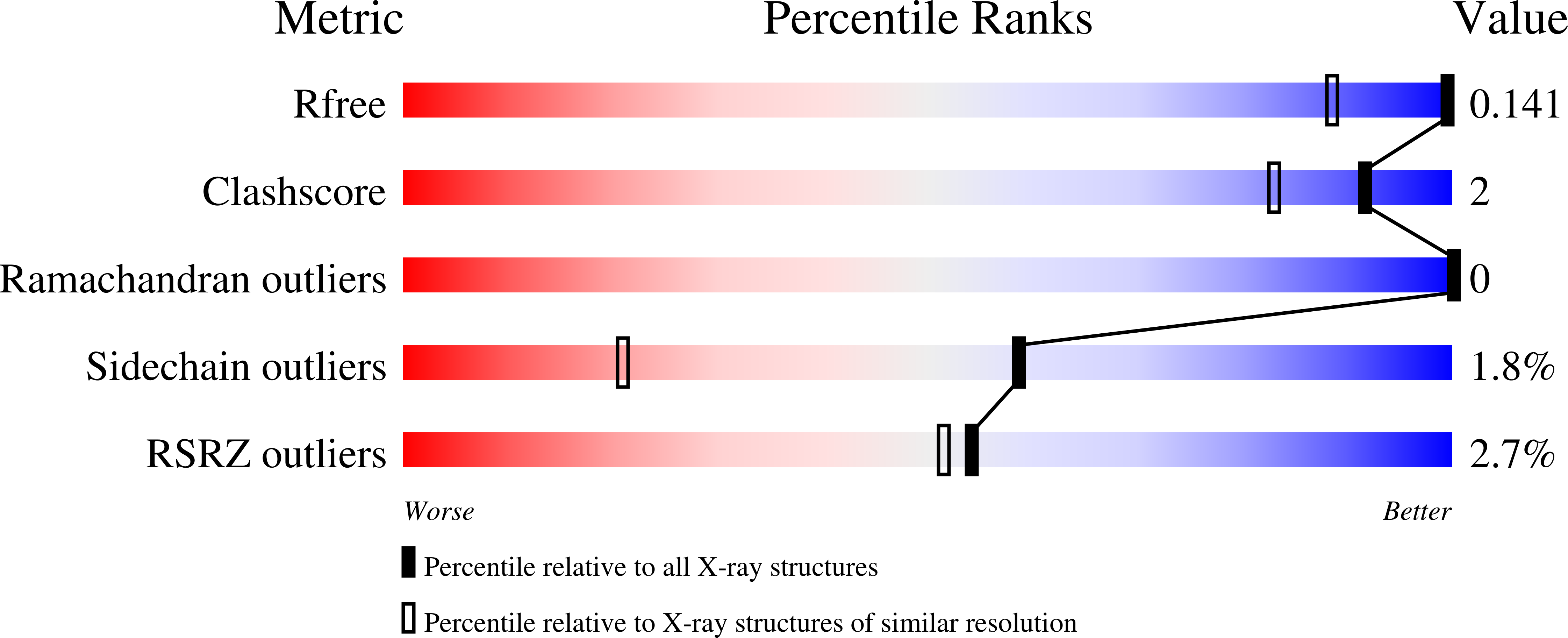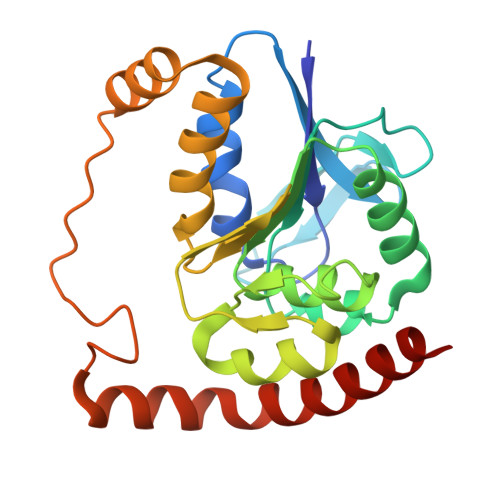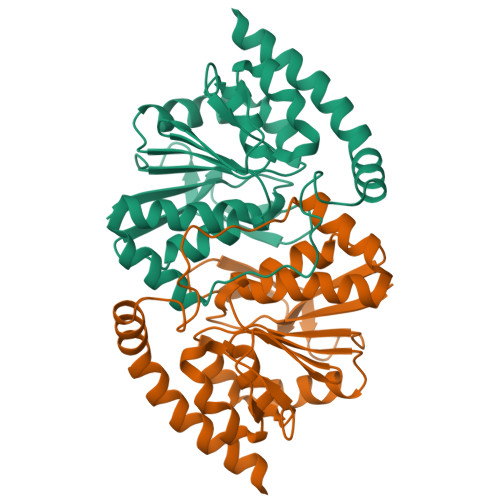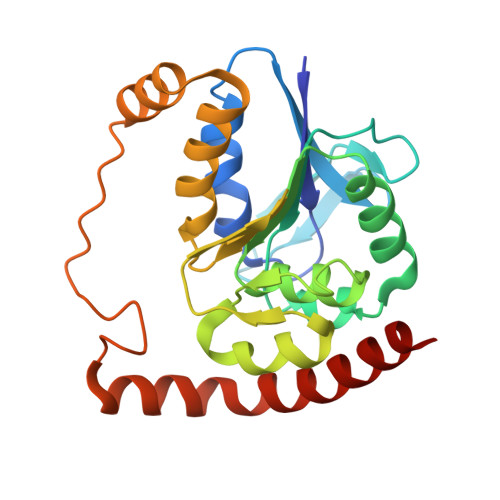Reproducibility of protein x-ray diffuse scattering and potential utility for modeling atomic displacement parameters.
Su, Z., Dasgupta, M., Poitevin, F., Mathews, I.I., van den Bedem, H., Wall, M.E., Yoon, C.H., Wilson, M.A.(2021) Struct Dyn 8: 044701-044701
- PubMed: 34258328
- DOI: https://doi.org/10.1063/4.0000087
- Primary Citation of Related Structures:
7L9Q, 7L9S, 7L9W, 7L9Z, 7LA0, 7LA3, 7LAV, 7LAX, 7LB9, 7LBH, 7LBI, 7LCX, 7LD6, 7LD7, 7LDB, 7LDI, 7LDM, 7LDO - PubMed Abstract:
Protein structure and dynamics can be probed using x-ray crystallography. Whereas the Bragg peaks are only sensitive to the average unit-cell electron density, the signal between the Bragg peaks-diffuse scattering-is sensitive to spatial correlations in electron-density variations. Although diffuse scattering contains valuable information about protein dynamics, the diffuse signal is more difficult to isolate from the background compared to the Bragg signal, and the reproducibility of diffuse signal is not yet well understood. We present a systematic study of the reproducibility of diffuse scattering from isocyanide hydratase in three different protein forms. Both replicate diffuse datasets and datasets obtained from different mutants were similar in pairwise comparisons (Pearson correlation coefficient ≥0.8). The data were processed in a manner inspired by previously published methods using custom software with modular design, enabling us to perform an analysis of various data processing choices to determine how to obtain the highest quality data as assessed using unbiased measures of symmetry and reproducibility. The diffuse data were then used to characterize atomic mobility using a liquid-like motions (LLM) model. This characterization was able to discriminate between distinct anisotropic atomic displacement parameter (ADP) models arising from different anisotropic scaling choices that agreed comparably with the Bragg data. Our results emphasize the importance of data reproducibility as a model-free measure of diffuse data quality, illustrate the ability of LLM analysis of diffuse scattering to select among alternative ADP models, and offer insights into the design of successful diffuse scattering experiments.
Organizational Affiliation:
Molecular Biophysics and Integrated Bioimaging Division, Lawrence Berkeley National Laboratory, Berkeley, California 94720, USA.
















